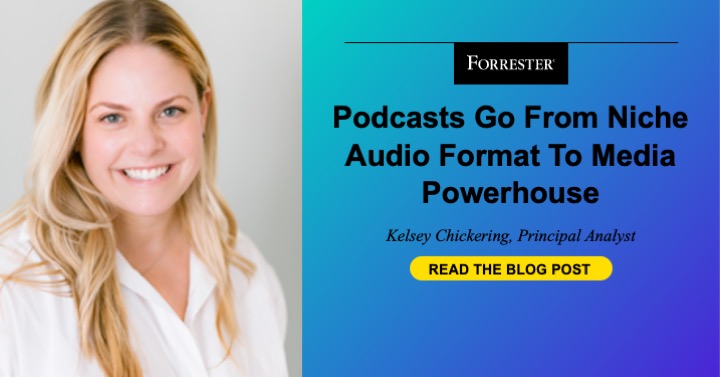Tomorrow in the United States is Thanksgiving, the American version of a harvest festival celebrating the bounty of the earth and preparing for the winter ahead. We trace the history of our holiday to a documented 1621 gathering of English Pilgrims and the native Wampanoag tribe in modern-day Plymouth, Massachusetts.
The Pilgrims had immigrated from England the previous year, looking to escape religious persecution. After a perilous journey across the Atlantic, the Pilgrims landed in America. First, they landed in modern-day Provincetown. The sandy soil wasn’t ideal for agriculture, so they boarded the Mayflower again and took the (relatively) short trip across Massachusetts Bay and landed in Plymouth. The first winter was horrific. Between scurvy from the long voyage and the harsh Massachusetts winters, half of the settlers did not live to see Spring.
The next year was more normal, but life was still difficult for the Pilgrims. Agrarian society is not an ideal way to live: backbreaking work all day long, and so much depends on the weather. I grew up in a small town just next door to Plymouth; the weather is as unpredictable as anything. But that year, they managed a successful harvest. As was tradition among most peoples of the world, after the harvest, they gathered to give thanks and share in the bounty.
The tradition of harvest festivals continues, formalized into this holiday of Thanksgiving. Of course, hunger remains a problem. There are numerous regulations that should be removed to promote better access to fruits and vegetables and other healthy foods. For example, sell-by dates lead to significant waste. Subsidies on corn and tariffs on sugar lead to the use of a lot of unhealthy additives. Food price supports lead to unnaturally high prices. Municipal regulations often prevent charities from distributing or providing food. Reducing these regulations will help increase access to food, lower the price of food, and reduce food waste.
In a recent EconLog post, Daniel Smith discussed how the FDA was used as a bludgeon against whiskey manufacturers. Daniel cites Jack High and Clayton Coppin in that story. Those same authors also wrote a book, The Politics of Purity, which examines the issue more broadly to include the food chain (I thank Econlib editor Pat Lynch for pointing me to the book).
There will be far too many who go without on a day when we celebrate how much we have. I do not wish to minimize their suffering, nor the suffering of those throughout the world who still live at or near subsistence level. The fight against hunger is not nearly done. But that does not mean we cannot celebrate the massive strides made against hunger, either.
The reason for the season has changed because it’s much more rare that food insecurity is a pressing concern. As a consequence, Thanksgiving has become a day to celebrate one’s blessings. Millions of Americans will criss-cross the nation to see friends, loved ones, and family. We celebrate our extraordinary abundance. We live in a place where less than 2% of our workers need to work in agriculture to provide the food we need. When there are droughts or other conditions that could previously have resulted in famine, we can import food, either from other places in the country or elsewhere in the world, to feed those who would have gone without because of lost crops. According to the Food and Agriculture Organization of the United Nations, less than 2.5% of Americans die of malnutrition. We celebrate these blessings.
For those of you traveling, may your journeys be safe and may you return home. May you all enjoy the company of loved ones, wherever in the world you may be. And may you all enjoy the peace and comfort our shared and created abundance brings.
Happy Thanksgiving, everyone!
[1] A note on the data from the source: “The FAO reports all values below 2.5% as ‘<2.5%’ due to high uncertainty at very low levels of undernourishment.”



























